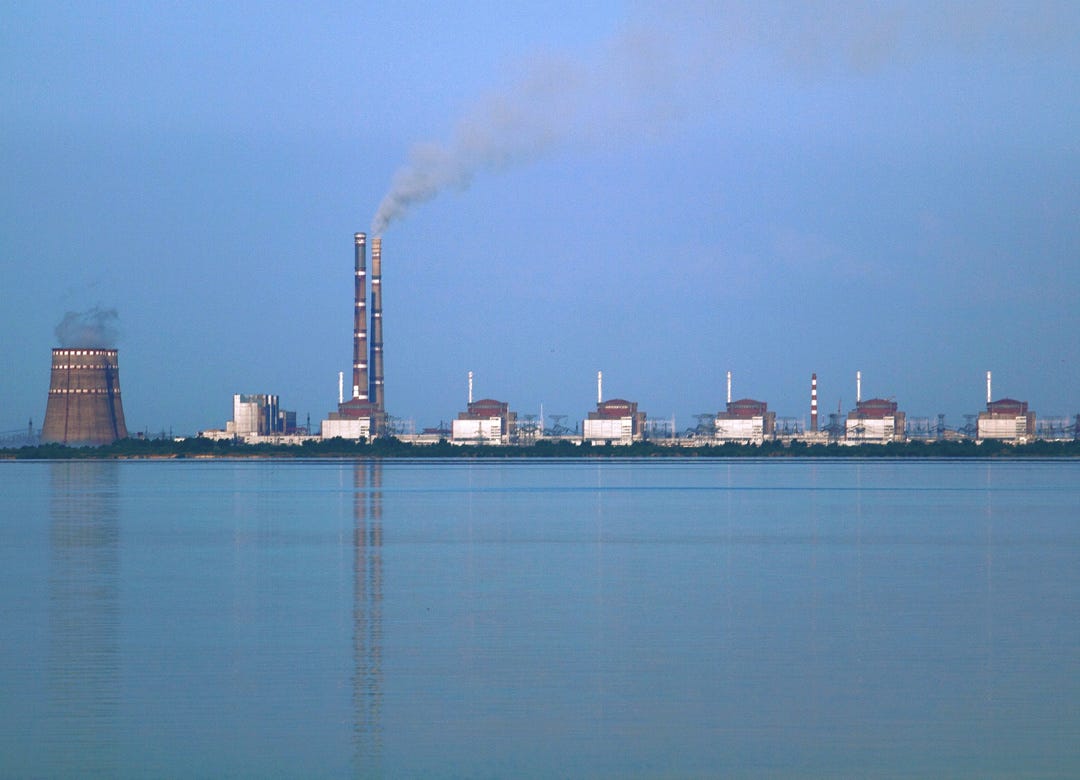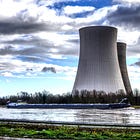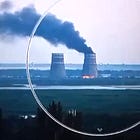Situation at Zaporizhzhia Nuclear Power Plant Amid Prolonged Power Outage
The Zaporizhzhia Nuclear Power Plant has sustained an ongoing blackout that has lasted for 28 days, as of October 21st.
SOUTHEASTERN UKRAINE — Repairs on damaged off-site power lines at the Zaporizhzhia Nuclear Power Plant progressed on October 18, following coordination between Ukraine and Russia to establish temporary ceasefire zones for secure access by technicians from both parties.
These measures address a blackout initiated on September 23, persisting for 28 days as of October 21, with the facility relying exclusively on emergency diesel generators for nuclear fuel cooling.
The International Atomic Energy Agency (IAEA) confirms no radiation level variations and notes the productive cooperation enabling these critical activities to proceed uninterrupted. Efforts build on early October initiatives to reconnect a 330 kV backup line, while de-mining supports full restoration of the 750 kV primary line under enhanced security arrangements.
Ukrainian officials link the outage and obstacles to military operations, while Russian accounts emphasize effective oversight with adequate reserves. This event constitutes the tenth grid disconnection since Russian control began in March 2022.
All six reactors maintain cold shutdown status, which aids stability yet demands continuous cooling protocols. IAEA Director General Rafael Mariano Grossi indicated on October 16 that repair operations would initiate promptly, projecting a duration of about one week absent further disruptions.
As of October 21, seven generators supply reliable power, supported by 13 reserves, thereby upholding nuclear safety during this extended interval.
Ceasefire agreements support ongoing maintenance sequences since February 2022, underscoring the conflict’s enduring toll on vital infrastructure. IAEA inspectors document no nearby military engagements since October 6, though distant activities persist.
Evaluations from September 30 affirm fuel stocks surpassing those of earlier outages. Conditions in surrounding grid areas highlight strains within Ukraine’s energy infrastructure. Early October discussions enabled these safeguarded zones, focusing on line reintegration.
Grossi highlighted on October 18 the effective collaboration advancing these initiatives. Such coordination reduces immediate hazards while territorial tensions persist. As of October 21, coolant levels in reactor pools remain stable, verifying consistent performance without anomalies.
Acronym Index
IAEA: International Atomic Energy Agency
VVER-1000: Vodo-Vodyanoi Energetichesky Reaktor 1000
Background and Historical Context
The Zaporizhzhia Nuclear Power Plant functions as Europe’s largest nuclear installation, featuring six VVER-1000 reactors (Vodo-Vodyanoi Energetichesky Reaktor 1000) that formerly generated a substantial share of Ukraine’s electricity. Russian forces assumed control in March 2022 amid the invasion’s intensification, prompting international concerns regarding safety protocol compliance.
Shift to cold shutdown took place in September 2022, lowering hazards while mandating persistent cooling to avert fuel deterioration. As of October 21, 2025, these operational states exhibit no alterations.
Russian suggestions encompass grid incorporation via administrative modifications and gradual reactivations. Ukrainian entities, alongside IAEA oversight, challenge such measures under coercion as breaches of safety norms.
Previous outages numbered nine, arising from conflict-induced impairments and varying from minutes to days. The June 2023 Kakhovka Dam destruction interrupted cooling water provisions, prompting the deployment of substitute mechanisms that presently operate proficiently.
IAEA studies outline increased risks from closeness to active combat areas, including potential radiation spread. Mostly Ukrainian workers oversee procedures under Russian supervision. As of October 21, 2025, this setup remains the same.







